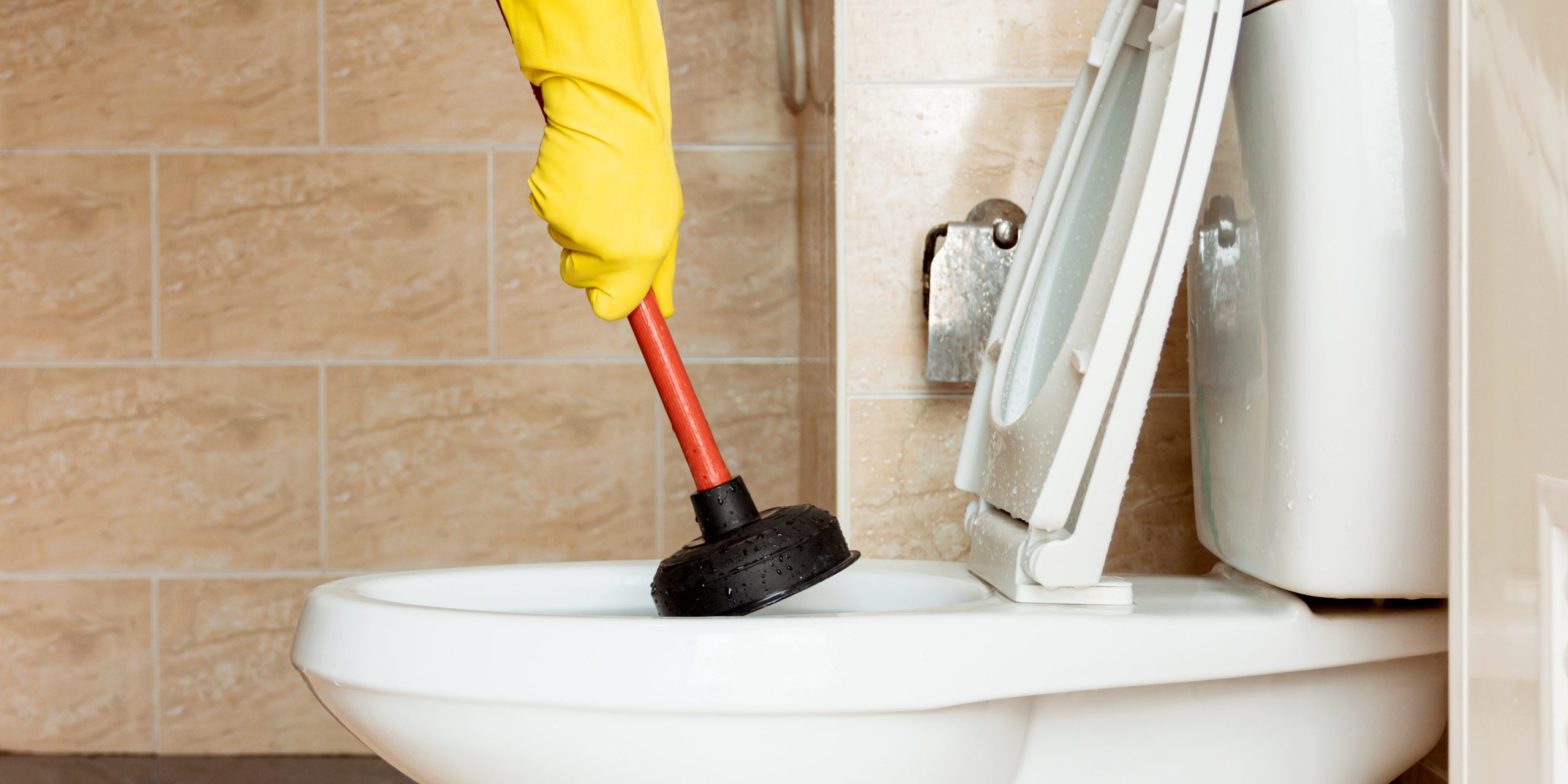A clogged toilet is one of the most common and frustrating plumbing problems homeowners face. Whether it’s caused by too much toilet paper, foreign objects, or underlying pipe issues, dealing with a blocked toilet can be unpleasant—but it doesn’t have to be a disaster.
This practical guide will walk you through how to unclog a toilet drain safely and effectively, when to use home remedies, and when to call a professional. We’ll also share smart prevention tips and link to additional resources to help you stay clog-free.

1. Identify the Severity of the Blockage
Before diving in, it’s important to assess the blockage. If the water rises but slowly drains over time, it’s likely a partial clog. If the water remains high or overflows, you’re dealing with a full blockage that may require more effort or professional intervention.
Signs of a serious clog include:
- Gurgling sounds from other drains
- Water backing up in the shower or sink
- A foul odour coming from the toilet bowl
Tip: Avoid flushing repeatedly if the water level is high—it could cause an overflow.
2. Use the Right Plunger
Not all plungers are created equal. For toilets, you need a flange plunger, which has an extra rubber lip that fits snugly into the toilet drain and creates stronger suction.
How to plunge correctly:
- Wear gloves and place towels around the toilet in case of splashing.
- Insert the flange firmly into the hole.
- Push down gently at first to release air, then plunge with force 10–15 times.
- Pull back sharply and check if the water drains.
- Repeat if necessary.
According to The Family Handyman (2022), plungers are successful in resolving up to 90% of simple toilet clogs (Family Handyman, 2022).
3. Try a Dish Soap and Hot Water Solution
If plunging doesn’t work, a simple home remedy using dish soap and hot (not boiling) water can help loosen the blockage.
Steps:
- Pour about ½ cup of dishwashing liquid into the toilet bowl.
- Let it sit for 10–15 minutes to lubricate the clog.
- Pour a bucket of hot water from waist height to create force.
- Wait a few minutes—this can help dissolve or dislodge softer obstructions.
The soap acts as a lubricant and the warm water adds weight and heat to shift the blockage. This method is particularly effective for organic material or paper-based clogs.
4. Use a Toilet Auger (Plumbing Snake)
If plunging and soap don’t work, a toilet auger—also called a plumbing snake—is your next step. This tool extends into the drain and breaks through tough clogs.
How to use a toilet auger:
- Insert the auger into the toilet bowl and crank the handle clockwise.
- Push gently but firmly to feed the cable into the drain.
- When resistance is met, rotate and push to break through the blockage.
- Retract the auger, flush the toilet, and clean the tool thoroughly.
5. Avoid Chemical Drain Cleaners
While tempting, avoid using chemical drain cleaners in toilets. Most are designed for sinks or showers and can damage porcelain or rubber seals inside the toilet. According to Consumer Reports (2021), chemical solutions often fail to resolve deep clogs and may create more damage than good (Consumer Reports, 2021).
6. Know When to Call a Plumber
If none of the DIY methods work—or if you’re facing repeated clogs—it’s time to call a professional plumber. Recurring blockages may indicate:
- Tree root invasion in pipes
- A collapsed drain line
- Poor toilet installation or venting
7. Prevent Future Toilet Clogs
Prevention is always better than repair. Avoid flushing anything other than toilet paper. This includes:
- Wet wipes (even if labeled “flushable”)
- Cotton balls or pads
- Paper towels
- Dental floss
- Sanitary products
The UK’s Water Research Centre (2023) found that over 90% of sewer blockages are caused by inappropriate items flushed down toilets (WRC, 2023).
More prevention tips:
- Use water-efficient toilets to control flush volume.
- Educate family members, especially children, on what not to flush.
- Do regular maintenance with safe enzyme-based cleaners once a month.
Unclogging a toilet doesn’t have to be a nightmare. With the right tools, techniques, and a bit of patience, most clogs can be handled without calling a professional. However, recurring issues could signal deeper plumbing problems—and ignoring them might cost more in the long run.
